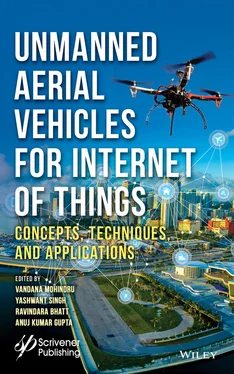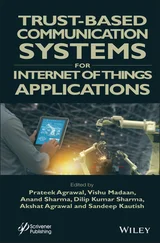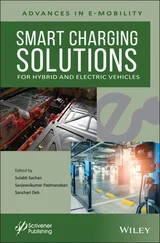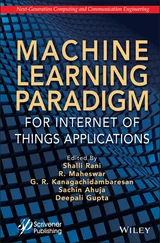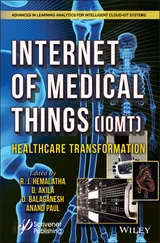1.3.5.2.2 Radio-Communications for Command and Control
Command & control is the typical link between the Control station and the unmanned aircraft. The following are two ways of communications:
The uplink : For sending telecommands to the aircraft for flight and navigation equipment control.
The downlink : To send telemetry (e.g. cruise speed, flight status) from the UA to the UACS. It is expected that in some flight conditions or in specific airspaces it could be necessary to downlink video streams.
This consideration is of higher importance for the work of the ITU-R related to Resolution 421 (WRC-07) and it must also be considered with the similar requirement that may come from the support of sense and avoid function and a requirement like these could lead to data rates of several hundreds of kbit/s per UA. In areas under the responsibility of the aeronautical authorities, it is expected that the command and control communications will have to be compliant with ICAO standards to be further specified on this function. However, in the periods where the UA will follow a fully autonomous flight, the up and downlinks could have very low data rates.
1.3.5.2.3 Radio-Communications for the Sense and Avoid Function
Sense and avoid (S&A) corresponds to the piloting principle “see and avoid” used in all air space volumes where the pilot is responsible for ensuring separation from nearby aircraft, terrain, and obstacles (e.g. weather). To determine appropriate spectrum requirements related to the S&A function, two aspects must be considered:
Firstly, all the RF equipment designed to collect raw data related to the “sense” function will have specific requirements depending on the ITU-R services involved. For example, the evaluation of the close proximity of the UA using radar equipment will operate in radio determination service bands. It should be studied if this functionality can be developed by using existing systems such as radar, ACAS, ADS-B, and UAT. The data derived by the sensors could either directly be processed inside the UA or be transmitted to the UACS.
Secondly, the control of the proper operation of this S&A function will be permanently or regularly checked at the UACS. If necessary, S&A parameters may be modified by the UACS, depending upon the area of flight, the weather conditions, or the level of autonomy assigned to the UA. In these bi-directional communications between the UACS and the UA for the S&A function, two different information streams must be considered:
The S&A data uplink will allow the UACS to control the operation of this function according to the conditions of the flight. Identical to the Control uplink, it is expected that such communication will not require high bit rates.
The S&A data downlink from the UA to the UACS indicates that the S&A function operates as desired. Similar to the Control downlink requirement, the need to send video streams under this S&A function must be considered avoiding duplication between Command and Control and S&A video downlinks.
Similar to the command and control considerations, it is expected that the “S&A data” RF communication requirements will have to be compliant with future ICAO standards for the safe flight of the UA in areas under the responsibility of the aviation authorities.
1.3.5.3 VLOS (Visual Line-of-Sight) and BLOS (Beyond Line-of-Sight) Communication in Unmanned Aircraft System
Figure 1.9 depicts the links in VLoS deployment scenario of UAS [23]. Figure 1.10 depicts the links in the BLoS deployment scenario of UAS.
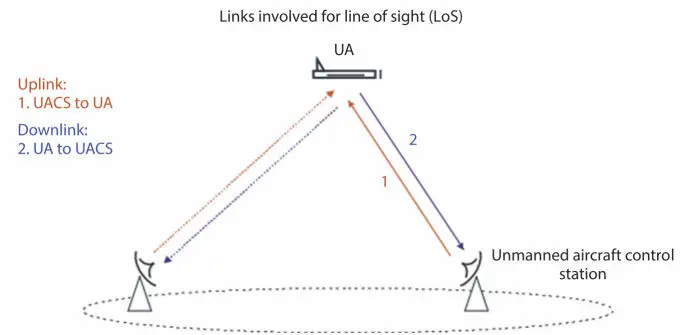
Figure 1.9VLoS deployment scenario for UAS [40].
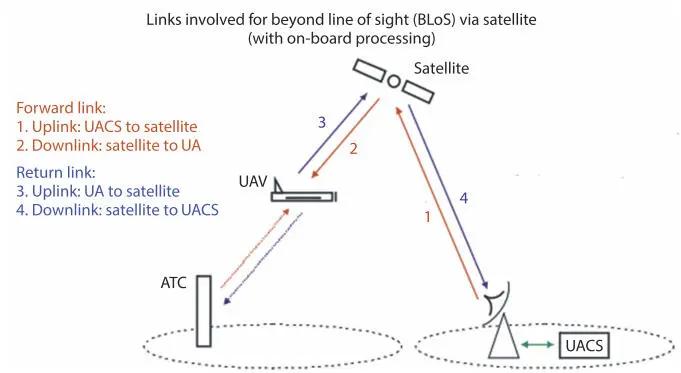
Figure 1.10BLoS deployment scenario for UAS [40].
1.3.5.4 Frequency Bands for the Operation of UAS
The category of small UAS generally, uses the unlicensed band of 2.4 GHz, 5.8 GHz unlicensed 900 MHz, and UHF (Ultra-High Frequency) bands for communication. The UAS has to comply with the national regulations applicable for the operation of other technologies in these bands. WRC-12 allocated the frequency band 5,030–5,091 MHz to be used for the terrestrial RPAS control links. Subsequently, WRC-15 identified the following spectrum to be used by satellite systems controlling drones. However, it was also noted that ICAO is to develop the relevant SARPS before the spectrum can be used and there will be a progress report to WRC-19 and WRC-23 will review the effectiveness of the allocation. There are power limits associated with some of these frequency bands as given in Table 1.2 [20, 24].
→ Africa, Europe, and some parts of the Middle-East are covered in region 1.
→ America is covered in region 2.
→ Asia and the Pacific are covered in region 3.
1.3.5.5 Cellular Technology for UAS Operation
Cellular-tech. like emerging 5G technology & LTE are likely to be a candidate for UAS development. It ensures [25]:
Table 1.2Frequency bands.
| Region 1 |
Region 2 |
Region 3 |
| 12.5–12.75 GHz for space to Earth |
10.95–11.2 GHz for space to Earth |
12.2–12.75 GHz for space to Earth |
| 14.0–14.47 GHz for Earth to space |
11.45–11.7 GHz for space to Earth |
14.0–14.47 GHz for Earth to space |
| 19.7–20.2 GHz for space to Earth |
11.7–12.2 GHz for space to Earth |
19.7–20.2 GHz for space to Earth |
| 29.5–30.0 GHz for Earth to space |
14.0–14.47 GHz for Earth to space |
29.5–30.0 GHz for Earth to space |
|
19.7–20.2 GHz for space to Earth |
|
|
29.5–30.0 GHz for Earth to space |
|
- High mobility
- Increased reliability & quality of services
- Ubiquitous coverage
- Robust security Radio Division.
Numerous telecom companies are conducting trials for UAS operation in cellular LTE network and consequently, the problems faced are [26]:
- Optimization of the cellular requirement for drones: Cellular networks are needed to be distinguished from the one which is currently in use by worldwide users for optimal operation (e.g. Noise avoidance) of UAs in cellular networks.
- Handover optimization: While in operation it is obvious UAs are going to receive signals from multiple base stations. Therefore, handover will be frequent which will lead to heavy signaling overheads.
- Interference mitigation: When airborne UA will receive signals from multiple base stations hence there will be interference.
UAVs have an immense possibility to be used widely in both military and civil applications because of economic viability, safety benefits, and high mobility. Recent technological advancements in UAVs have made it more compatible for replacing the manned aerial vehicles and even outperforming them in many tasks and at the same time proving its worth in the commercial market is also commending.
Nikola Tesla, in 1898, first developed which was arguably the first remote-controlled unmanned vehicle, also called ‘Teleautomation’, a boat controlled by radiofrequency. From those humble times, unmanned systems have undoubtedly achieved a huge milestone. In today, UAVs accomplish many missions and roles in the service of the military as well as in other sectors. Military are currently the principal operators of UAVs employing the paramount technologies including stealth features. Primary military drones include services like ISR (Intelligence, Surveillance, and Reconnaissance) or light attack functions. They range from small or medium tactical drones to high-altitude, the long-endurance once. Combat-enabled drones, like the armed version of reaper or predator, can carry out light attacks or against light-ground targets which are also widely reported in Libya and Afghanistan [27].
Читать дальше
